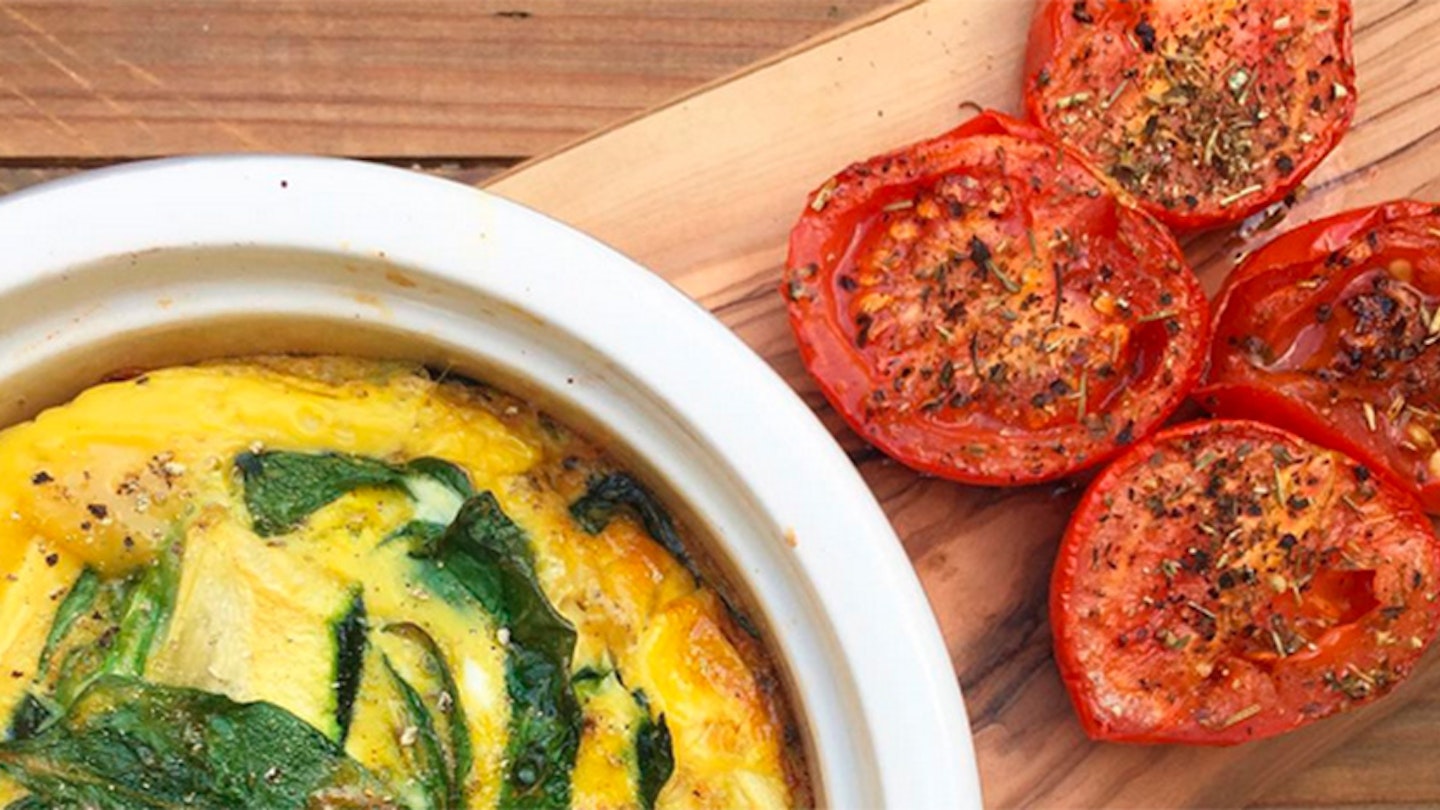If someone said that in just 30 days you would improve your energy levels, experience better sleep patterns, get control of your food cravings, have clearer skin and lose weight, would you ask any questions other then when can I start?
Well that’s what The Whole 30 claims…
What is The Whole 30 Diet?
Established in 2009 by Dallas and Melissa Hartwig, The Whole 30 is based on the belief that if you eliminate ‘aggravators’ from your diet for 30 days, you will allow your body to heal from any inflammation, reset hormonal balances as well as overcome unhealthy relationships with food.
If you’re down with diet lingo, then you will notice that The Whole 30 loosely resembles the Paleo Diet (low carb, high protein), however there is one big startling difference -there’s no wiggle room. Most diets give their follows a ‘cheat day’ or abide by the 80/20 rule, however on The Whole 30 you have to follow the rules ALL of the time.
Don’t fear though, after the 30 day period it up, you are then able to reintroduce foods into your diet, monitoring how your body responds to them and therefore helping you pin point food groups that don’t work for you.
Try this if…
If you have tried all the different diets on market, but still can’t seem to crack your health concerns.
Eliminating all potentially inflammatory or disruptive food from your diet for 30 days allows your body a bit of a ‘reset’ and will also help you devise what works with your body and what doesn’t moving forward.
The diet heavily emphasises that it’s not about weight loss, so weighing yourself throughout is forbidden, instead you’re encouraged to focus on the other health benefits you are experiencing such as improved sleep, digestion and skin tone.
The Whole 30 Diet Foods
The premise of the diet is that for 30 days you just focus on eating ‘real’ foods, sounds simple right?
As a basic rule of thumb, look for foods which don’t have an ingredients list (you don’t have to worry about what’s been added to an avocado), or if you are buying packaged goods, make sure you can pronounce everything on the back of the pack, if you can’t, put it back on the shelf!
On The Whole 30 Diet you will be eating an abundance of fresh vegetables, some fresh fruit, high quality meat, fish and eggs as well as lots of healthy fats in the form of nuts, seeds and oils.
Whole 30 Diet Ingredients to Avoid
This is where things get a bit more complicated, as there is a fairly extensive list of things you have to avoid during the 30 days, the main ones are:
• No added sugars at all (and that includes ‘healthier’ sugars such as honey and maple syrup).
• Alcohol
• Legumes (beans, soy and sadly peanut butter)
• All grains, even the gluten free ones
• All dairy
It’s not just about the ingredients you are eating, but also the foods you are making out of them. They encourage you to avoid whipping up ‘healthy’ treats, even if they only consist of Whole 30 approved ingredients. So sadly even if you work out a way of making pancakes without any of the foods on the ‘naughty’ list, you can’t eat them as it connects to old eating patterns… so that crosses off the trusty sweet potato brownie!
Who to follow:
Start by following the official @whole30 Instagram account and then search the #whole30 hashtag for tons of meal inspirations.
Follow the @the9to5foodie here!
